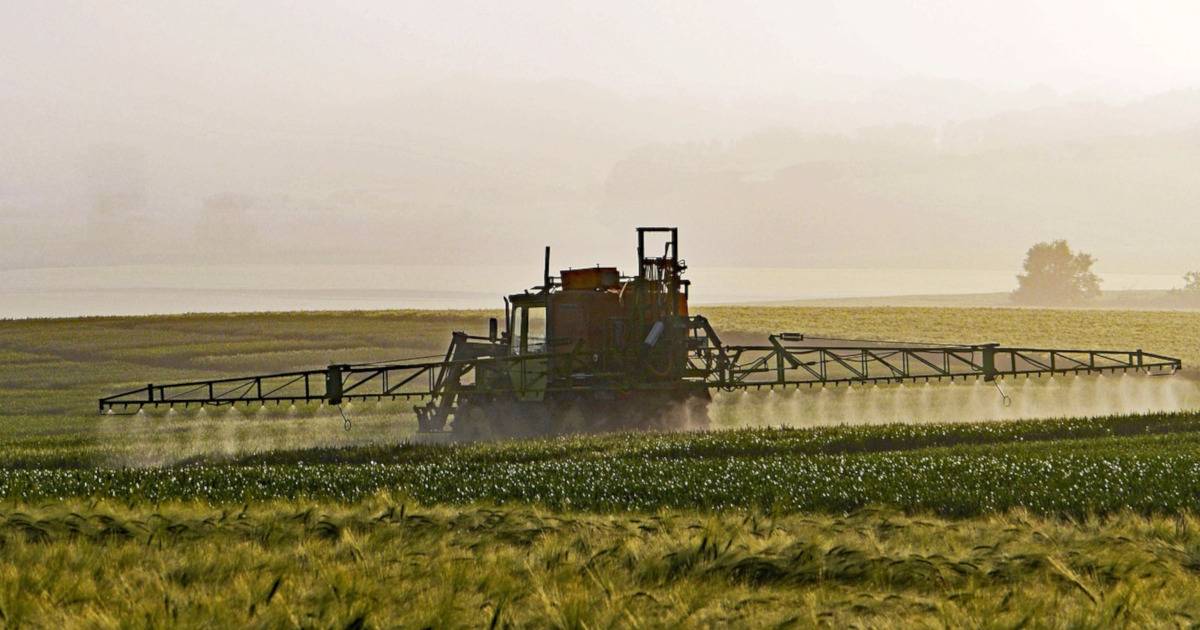
44 Countries Banned or Are Phasing Out Atrazine. But the U.S. Just Keeps Spraying.
A trove of well-documented research links atrazine, an endocrine-disrupting weedkiller, to birth defects, low sperm counts and fertility problems, but the U.S. Environmental Protection Agency continues to allow its use. Yet here in the U.S. atrazine remains the nation’s second-most used pesticide, with more than 70 million pounds used each year on just three crops.
April 1, 2023 | Source: The Defender | by Nathan Donley
Independent scientists have long understood the unacceptable health risks of the pesticide atrazine.
A trove of well-documented research has linked the endocrine-disrupting weedkiller to birth defects, low sperm counts and fertility problems.
So, it’s not surprising that the herbicide notorious for sticking around on landscapes and waterways long after it’s applied is now banned or being phased out in 44 countries in Europe, Asia, Africa and South America.
Yet here in the U.S. atrazine remains the nation’s second-most used pesticide, with more than 70 million pounds used each year on just three crops: corn, sorghum and sugarcane.
Industrial-scale, monoculture farmers have become so dependent on this nasty poison that when the U.S. Environmental Protection Agency (EPA) proposed last month to implement reasonable use guidelines based on atrazine levels in a grower’s watershed, Big Ag unleashed a sustained misinformation campaign falsely suggesting using less atrazine would contribute to the global climate crisis.
